|
2022 Recap
CRM Agri is looking back at 2022 markets and some of the forecasts and predictions which we made, looking at what we got right and what surprised us in one of the most turbulent years for commodities on record.
Firstly, let’s begin with a quick recap of the major market drivers of 2022.
What will go down as one of the most tumultuous years for agricultural commodity markets, and many others too, began inauspiciously.
Corn futures consolidated in 2022’s early sessions, as momentum slowed on a lack of Chinese demand, while wheat prices sagged under a hefty Australian harvest and benign weather for European and Black Sea winter crops.
But that was before confidence was punctured by the massing of Russian forces at the Ukraine border.
Russia’s February 24 invasion of Ukraine, the top corn exporter outside the Americas, sent Chicago corn prices soaring by 38% for 2022 as of their peak, in April.
Wheat prices gained even more, rising 67% at May’s record high, supported by a scramble by importers for supplies amid doubts over shipments from top exporter Russia, the subject of Western embargos, as well as Ukraine. The Chicago wheat premium over corn, which averages about $1/bsh, reached $7/bsh.
Paris rapeseed futures, weighed early in the year by Australia’s bumper canola harvest, jumped 45% to set record highs above €1,000/t as the war overshadowed prospects for Ukraine’s sowings, as well as for production of sunflowers and sunflower oil, of which the country is the top exporter.
Markets could not hold at such highs. Prices fell as Russia and Ukraine entered talks which led in July to a safe corridor for vessels from three Ukrainian ports.
Also undermining prices was growing pessimism over the world economy, and in particular growth in China, the top ag importer. Corn prices had, by late July, fallen to levels seen before the Ukraine war, feeling too seasonal pressure as northern hemisphere summer harvests boosted supplies.
Not that these harvests were, outside Russia, exceptional. Summer dryness, having trimmed Europe’s wheat yields, cut EU corn output by more than 20Mt year on year to 52Mt.
With the US corn harvest proving somewhat disappointing too, Argentina also offered support for, especially, corn and soybean prices as its farmers battled with drought blamed on an unusually long La Nina.
Although wheat crops in Argentina shrivelled up as well, disappointment was offset by a big crop in Australia, to which La Nina often brings yield-boosting rains, a result which continues to overshadow early-2023 markets.
How did we do with our forecasts and predictions?
Some of the calls we made which were accurate:
Our forecast: In May ( Read Report) we forecast that “wheat prices were unsustainably high relative to corn and needed to move lower.”
As the market surged, we continued to monitor the prices relationships between competing commodities. That wheat and corn are being replaceable in many feed rations, leaves the price difference of these two major feed commodities in a fairly constant range. The premium of wheat over corn had reached record levels, pricing wheat out of rations and in our view at the time leaving wheat overpriced. Ultimately wheat prices fell sharply as demand for wheat was curtailed.
Our forecast: In May 2022, we were clear in our forecasts that wheat prices would fall back significantly for the remainder of the year.
When wheat prices were near their highs in May 2022, our Q1 2023 average price forecasts for Paris milling wheat and CBOT wheat were €310/t and 8$/bu respectively. It was the speed of the price correction which surprised us.
Our forecast: In July (Read Report) we forecast that “The extremely high temperatures and lack of rainfall forecasts are likely to result in [EU corn] production estimate cuts. With a greater reliance on EU produced feed grains this season due to the war in Ukraine, the tightening EU feed grain outlook is presenting a more bullish market outlook for EU corn while Chicago corn risks coming under further long term pressure.”
Ultimately, EU corn yields were reduced sharply by drought conditions which were labelled the worst drought in 500 years, supporting EU corn prices through the summer and Autumn whilst US corn values fell before consolidating sideways for the rest of the year.
Our forecast: Following price rises for Fertiliser in 2021, we frequently outlined the risks to fertiliser prices throughout 2022, highlighting in February 2022 ( Read Report) that “A return to 2019/20 levels of fertiliser costs, for now, is unlikely in our view, especially amid strong global commodity inflation [gas prices] and political intervention in fertiliser markets where current Russian export bans on AN has the potential to impact Brazilian corn production.”
Ultimately prices of most major fertiliser continued to trend higher throughout 2022 and remain elevated due to higher production costs, mothballed plants, trade restrictions and sanctions.
What surprised us:
Russia Invades Ukraine: Our forecast: “Overall, old crop wheat remains tight, but this is mostly factored into price, although politics remains a clear cause for concern. Long term, our view is that prices will trend lower into late 2022 unless a repeat of the production issues of 2021 is seen, or military action in Ukraine.’’
Although we mentioned in February that there was a risk of military action in Ukraine (Read Report), like so many, we were surprised by the scale of the invasion that began on Feb 24th and upended global grain markets, forecasts and global trade flows, not to mention having devastating consequences for so many in Ukraine and indirectly around the world.
Our forecast: In April we forecast that “Looking to next season, US corn markets are forecast to be tight with a likely increase in demand for US corn, alongside a reduced planted area and overall grains are likely to remain supported.”
US corn markets still remain tight, However, China and Brazil signed an agreement to allow the imports of Brazilian corn into China, this ultimately has the potential to result in 5Mt of corn exports between the two nations, to the detriment of US exporters.
Keep up to speed on our 2023 forecasts by subscribing to our Forecast Reports and regular analysis. Get in touch to hear more


